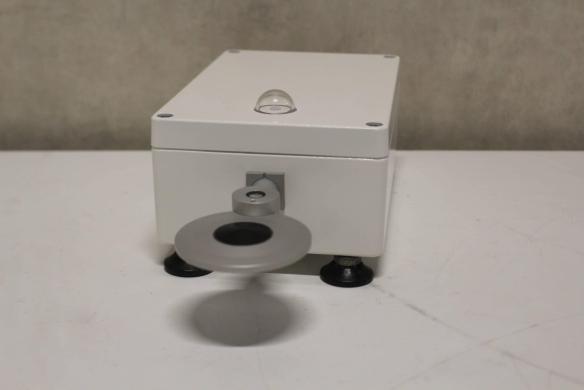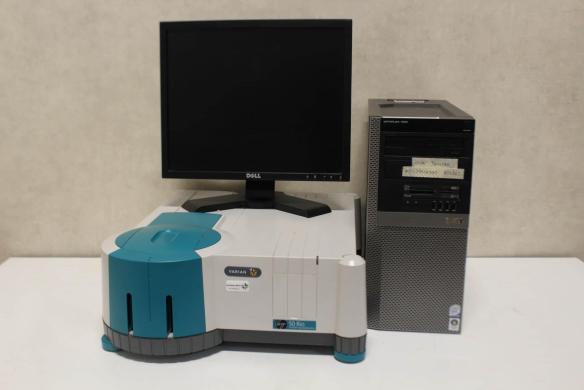Offering the best quotes for your research!
New and used scientific instruments
🚚 Shipping Worldwide 🌎
✉️ info@questpair.com
Do you have items to sell? Post them on QuestPair and reach thousands of potential buyers!
Post New ItemSpectroscopy
Spectroscopy is one of the most used tools to explore properties of matter and is an umbrella term for different techniques such as infrared spectroscopy, visible light spectroscopy, UV-light spectroscopy, X-ray spectroscopy, Raman spectroscopy and nuclear magnetic resonance. Spectroscopy instruments can be stand-alone devices, but are increasingly integrated as part of other equipment, for example in combination wit
Didn't find what you're looking for?
Our sales team specializes in sourcing custom and hard-to-find products to meet your exact specifications.
Extensive supplier network
Quality guaranteed
Dedicated support
Customer Service
Here to help you with: Product Inquiries, Shipping & Support, Technical Support, Business Inquiries and Press.
We are available to assist you Mon-Fri, 10am - 5pm CET.
















